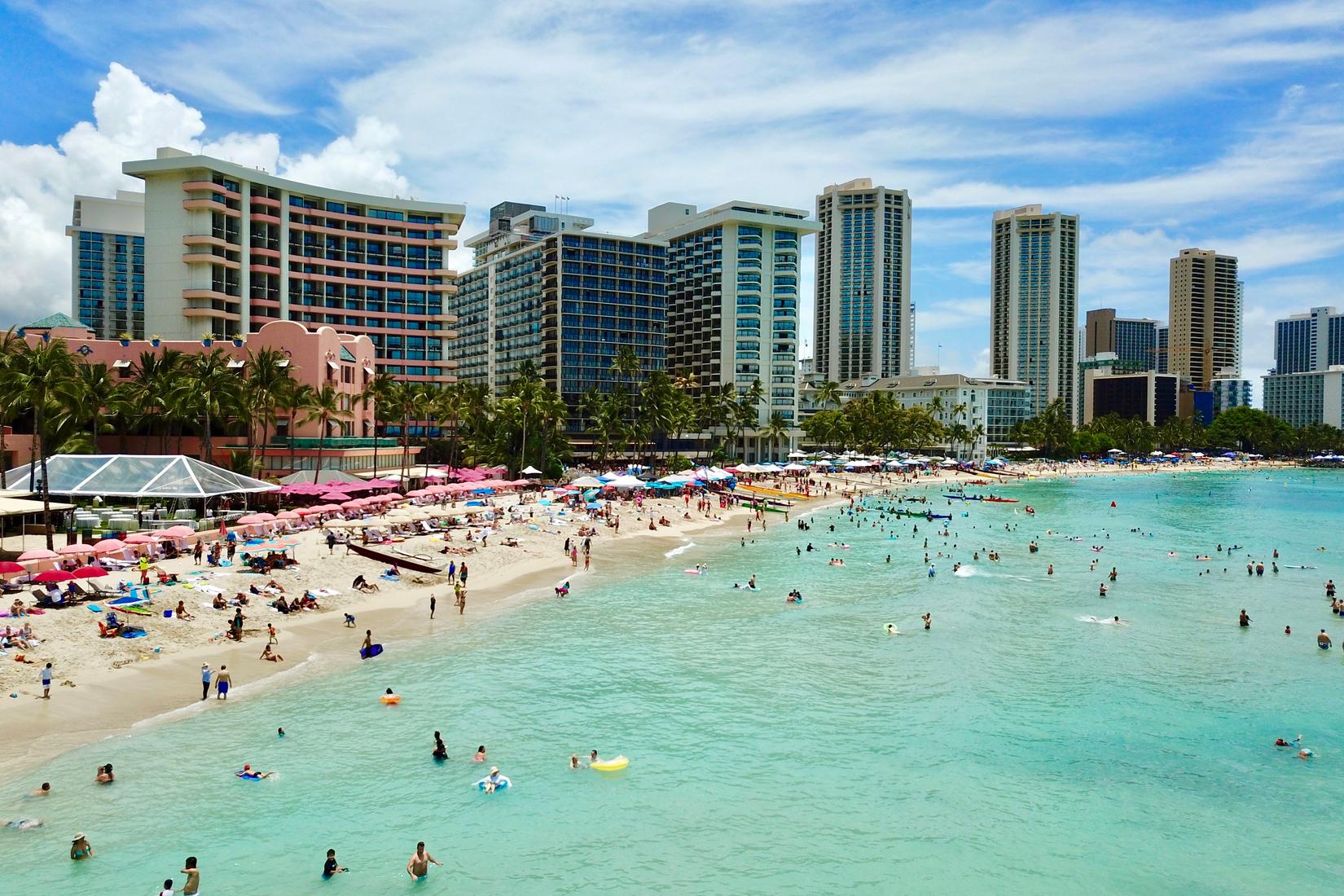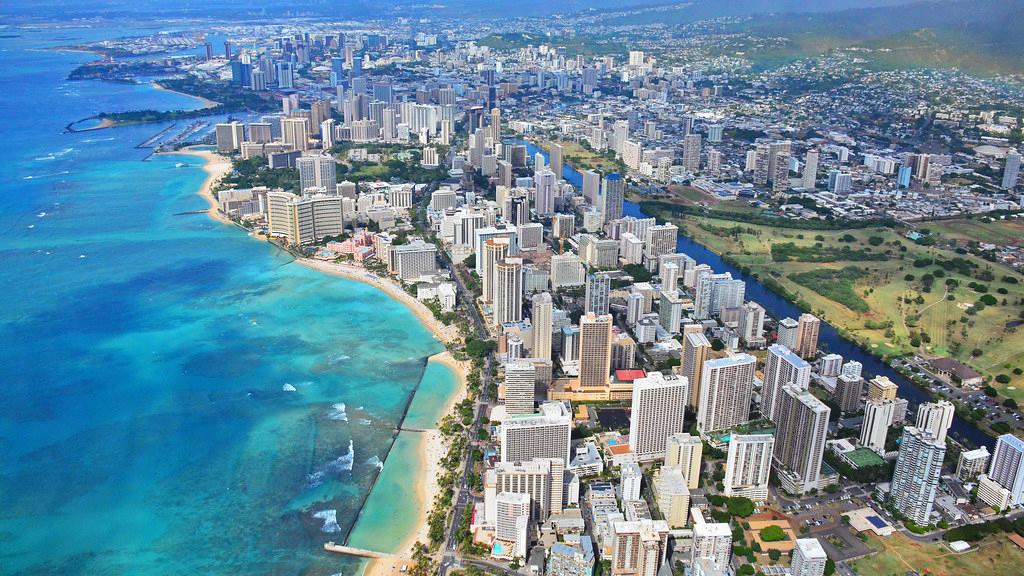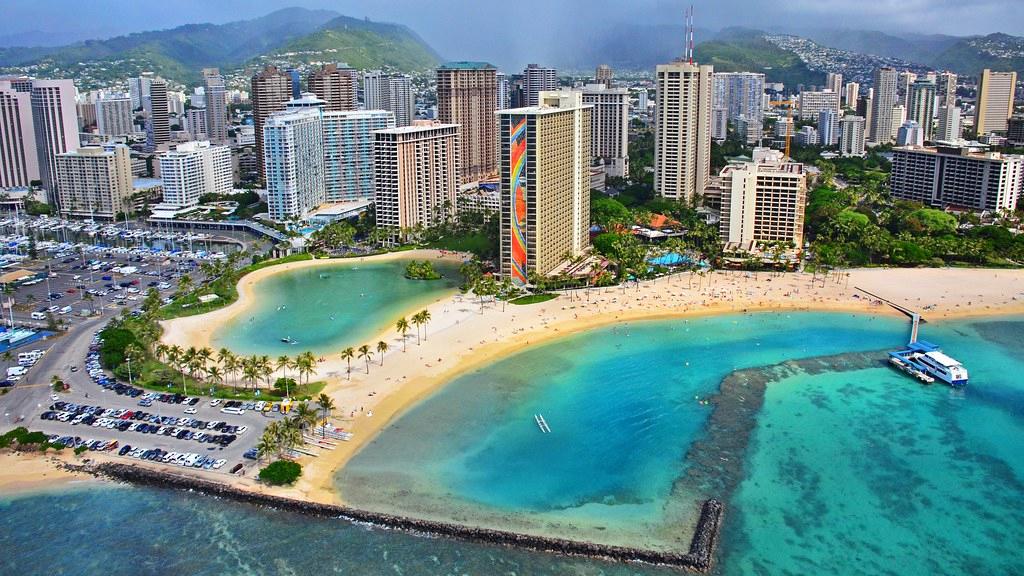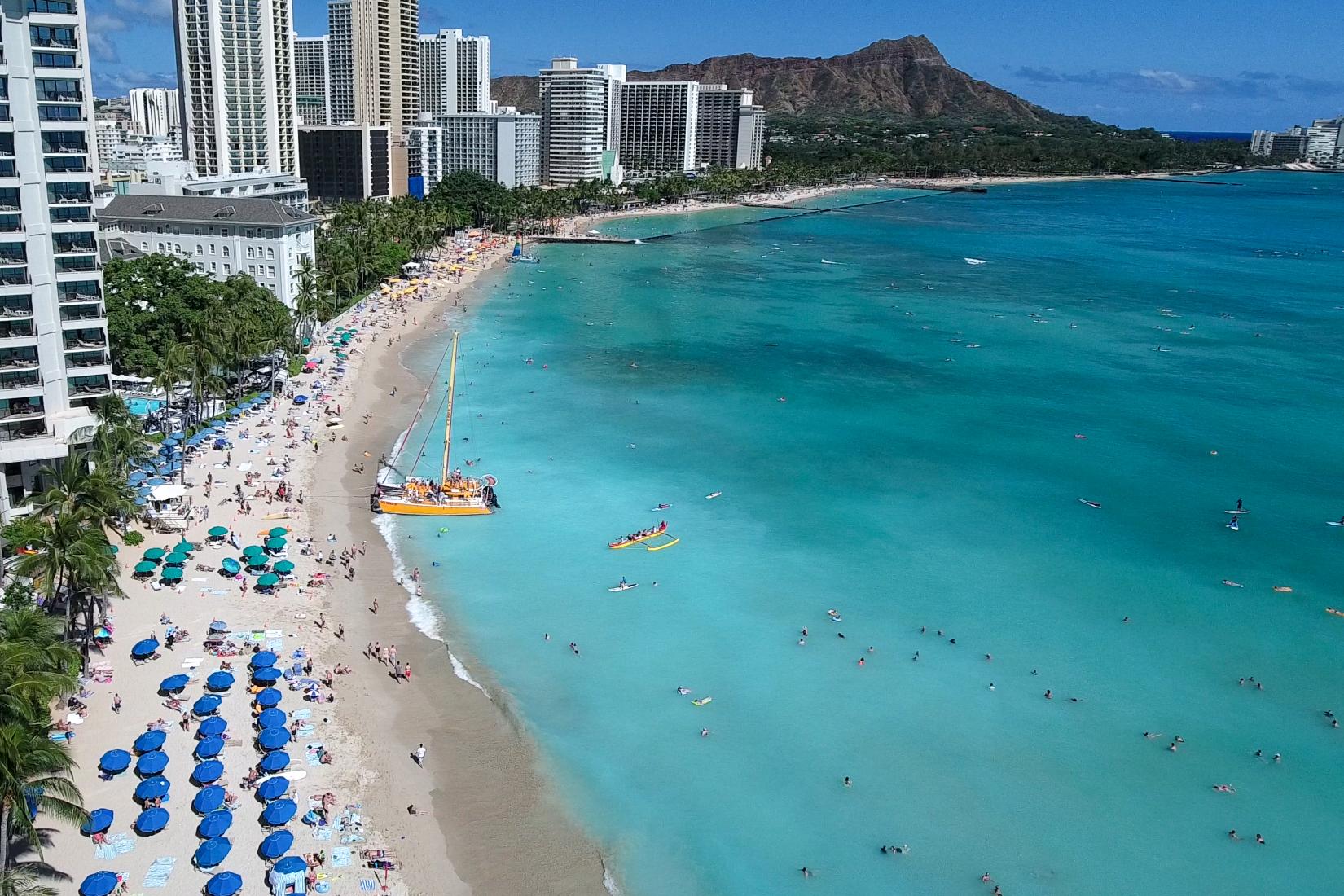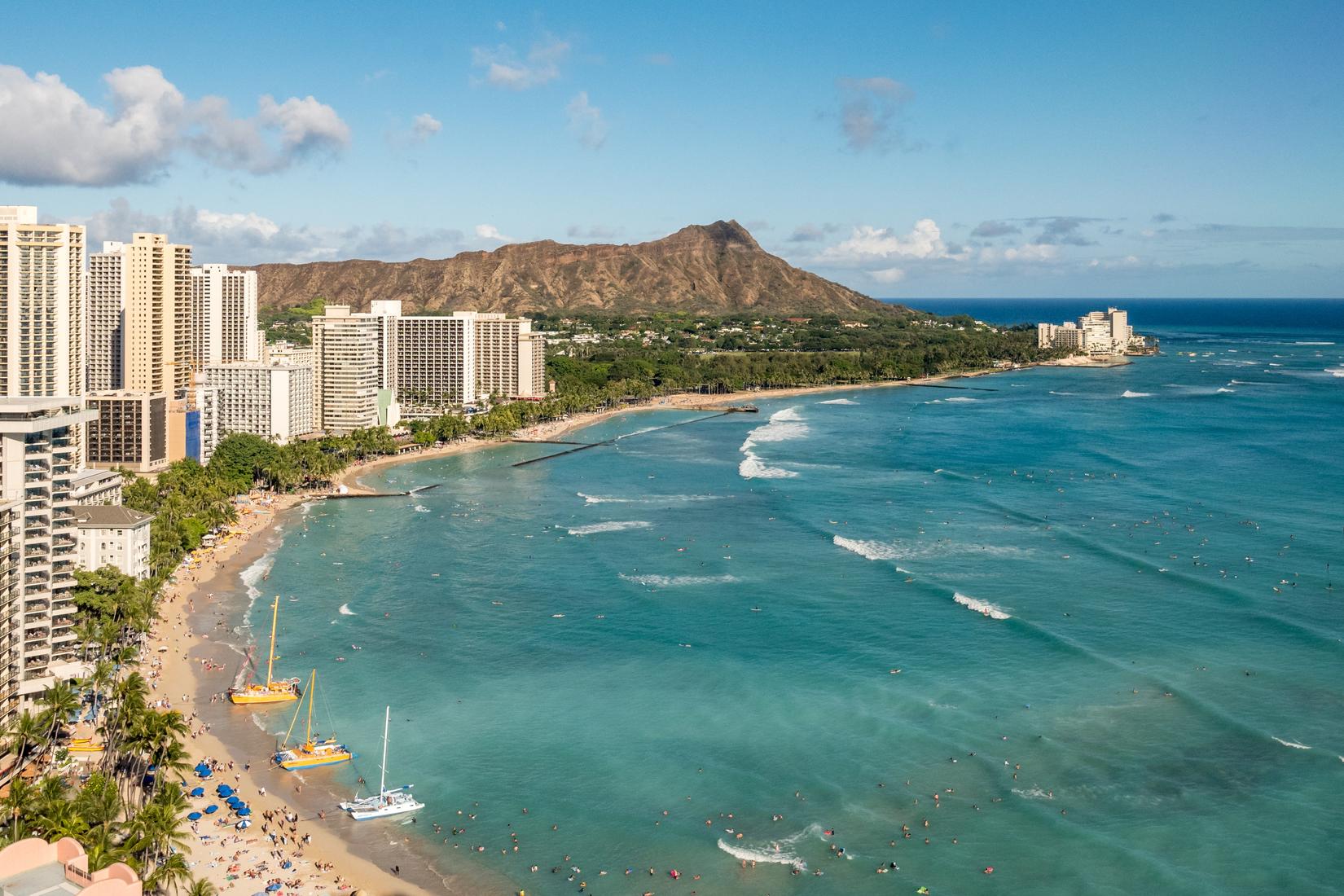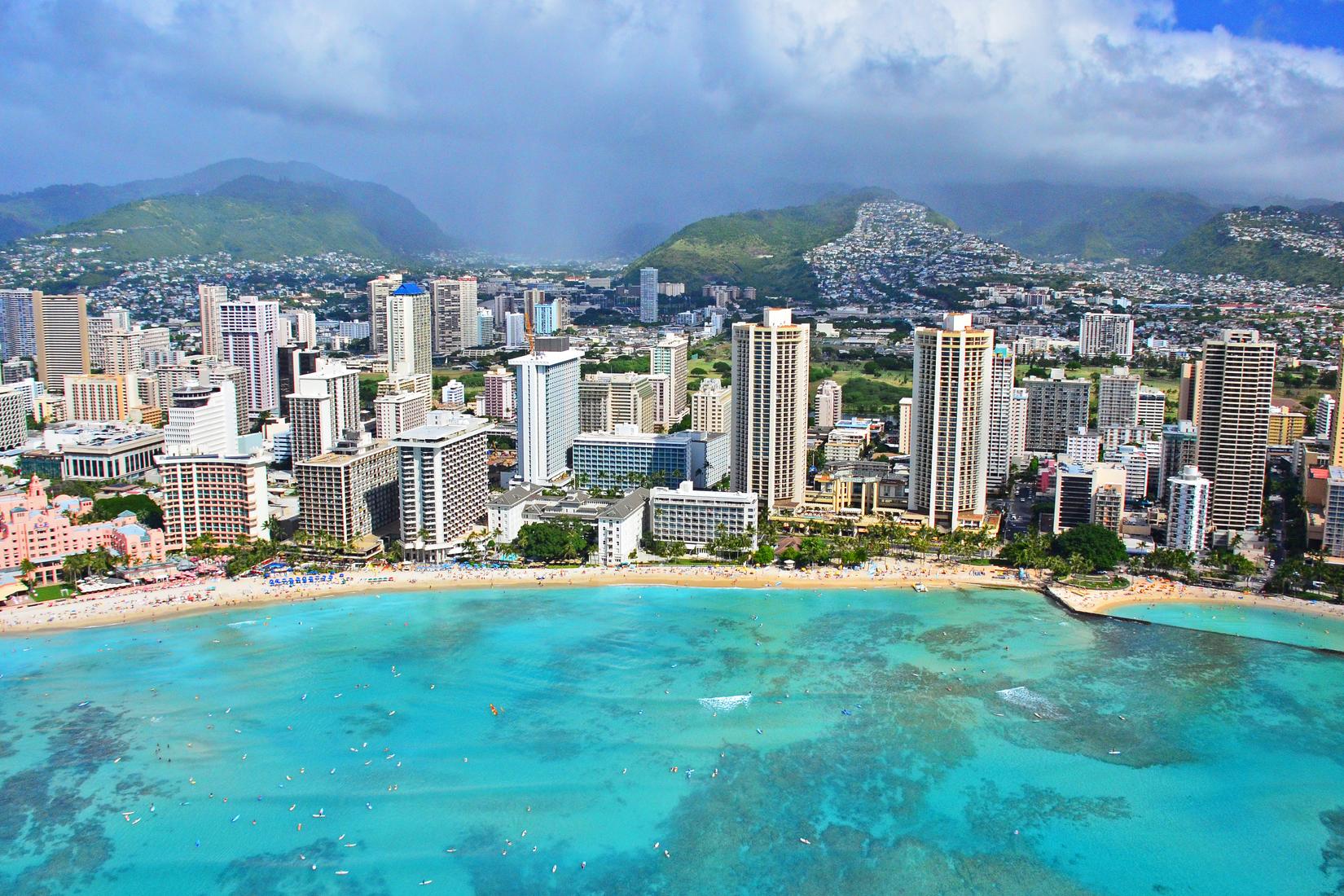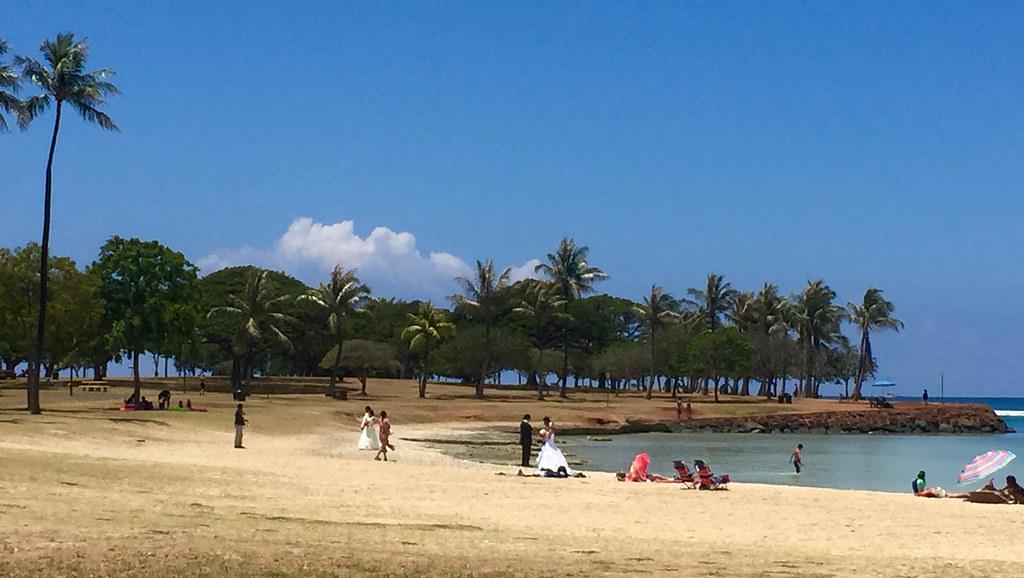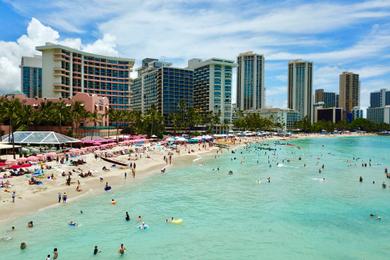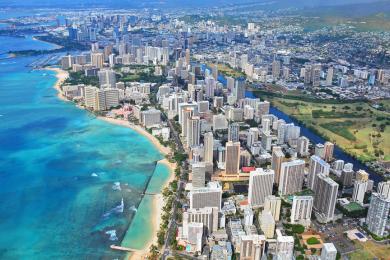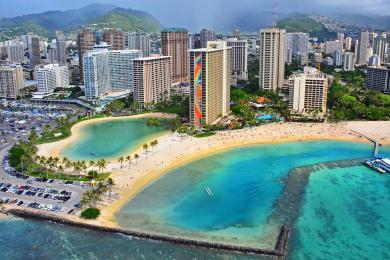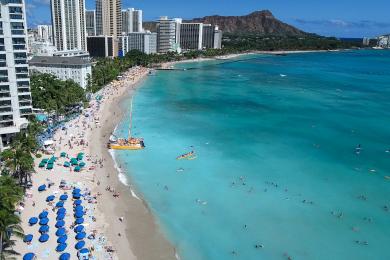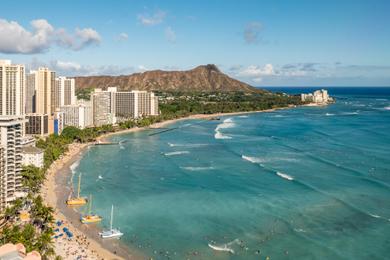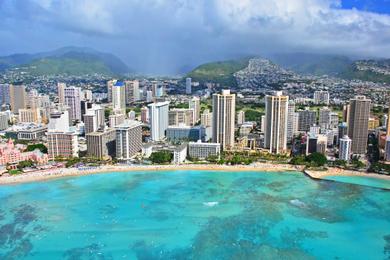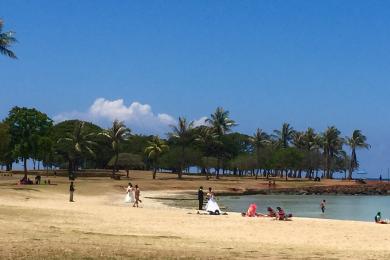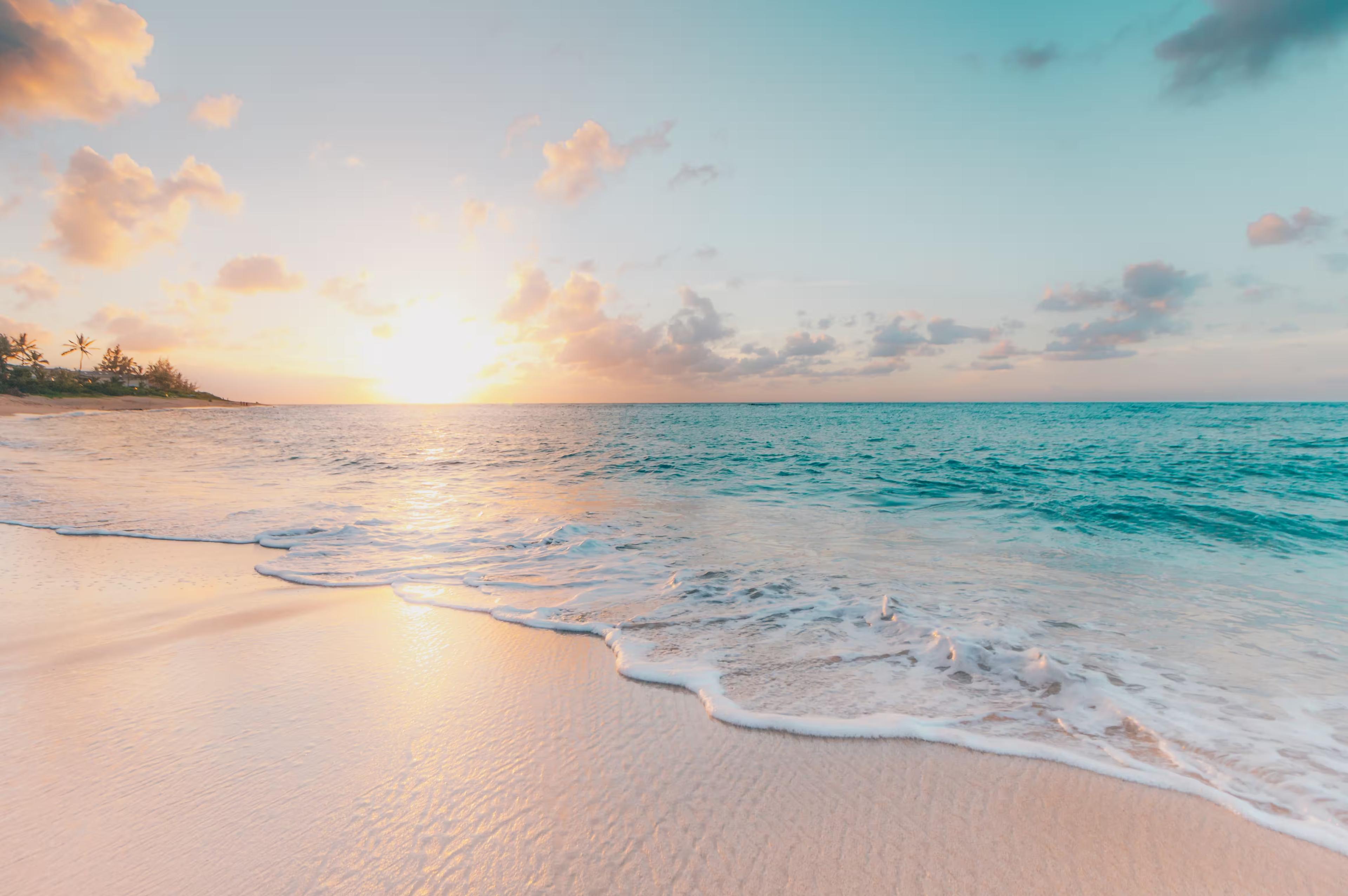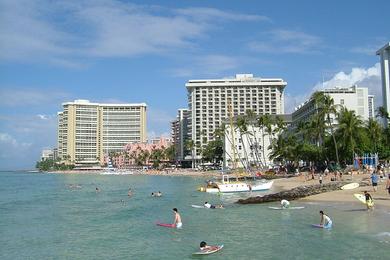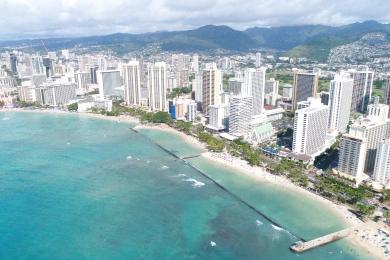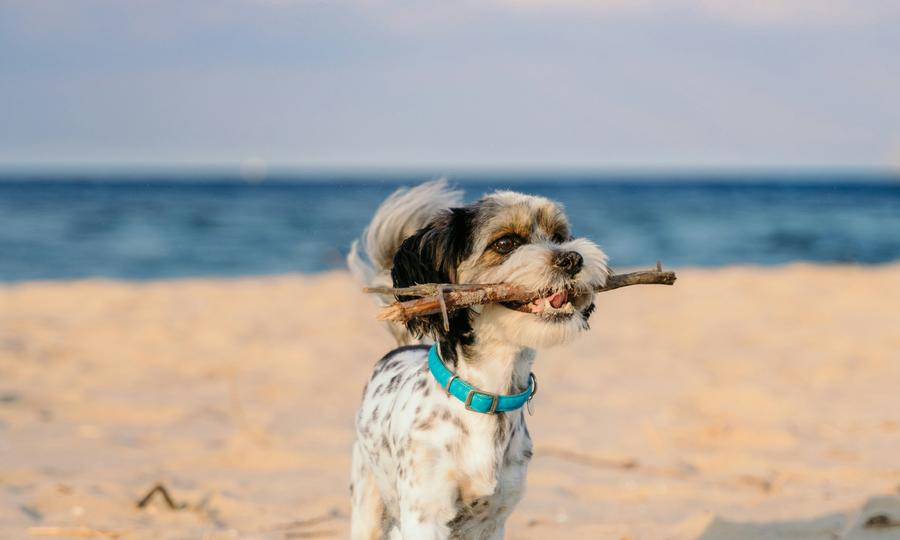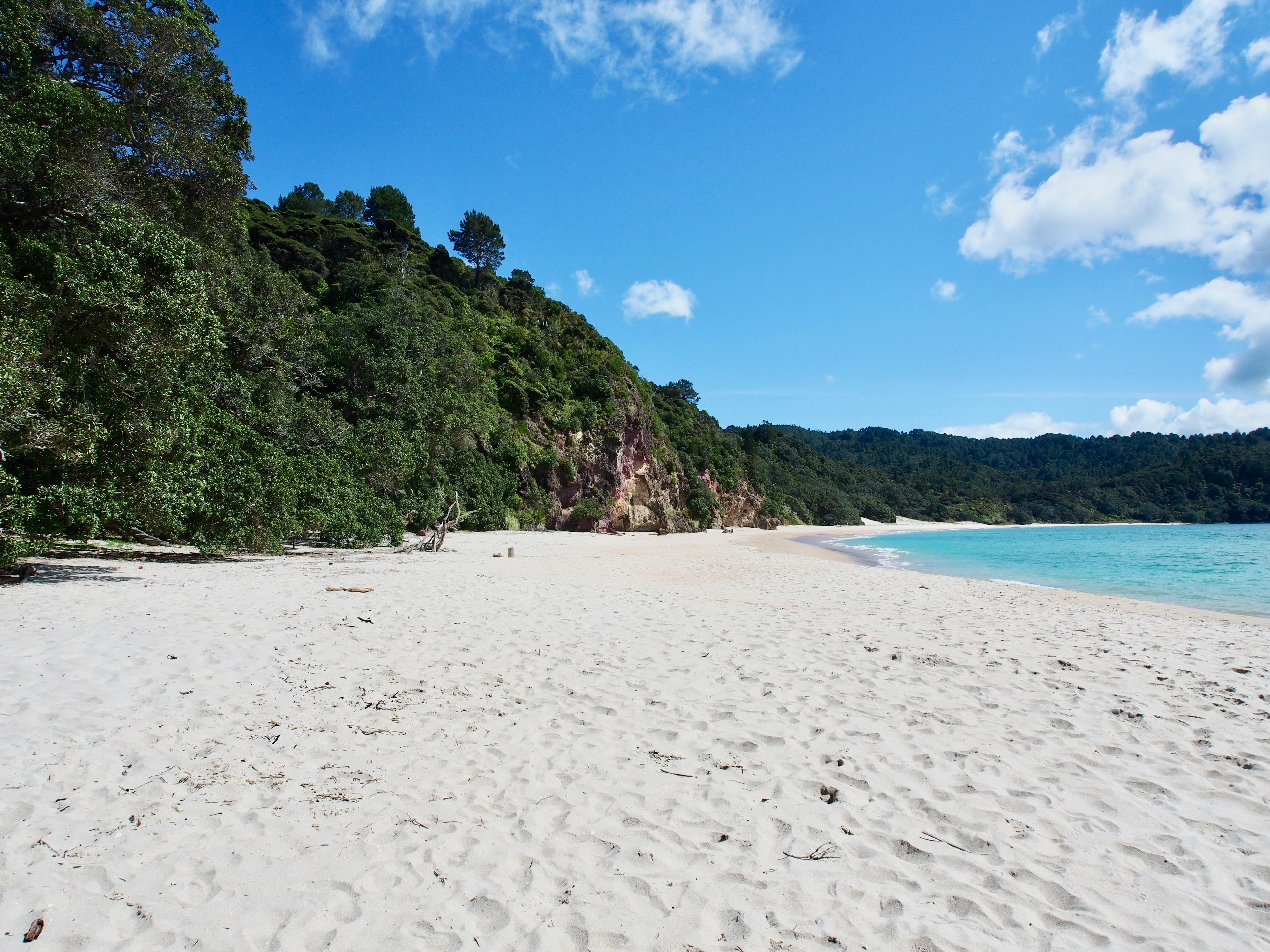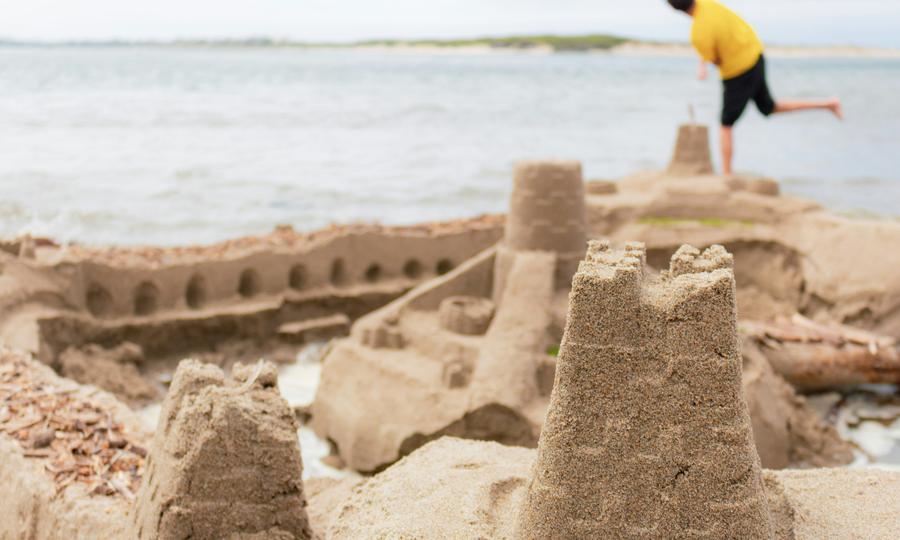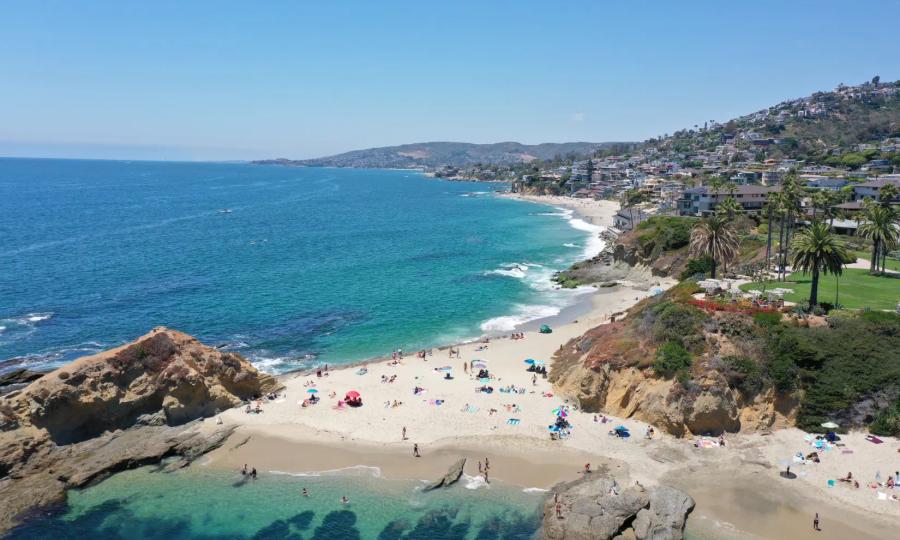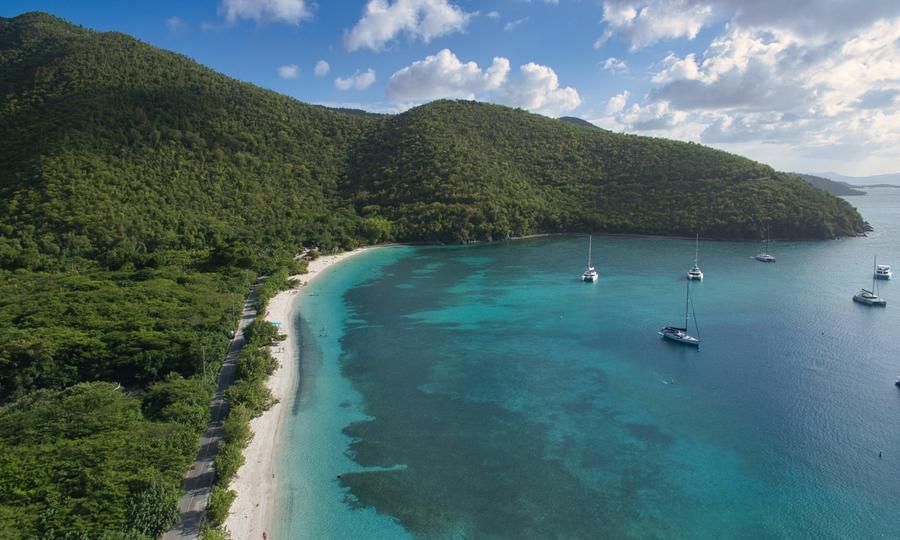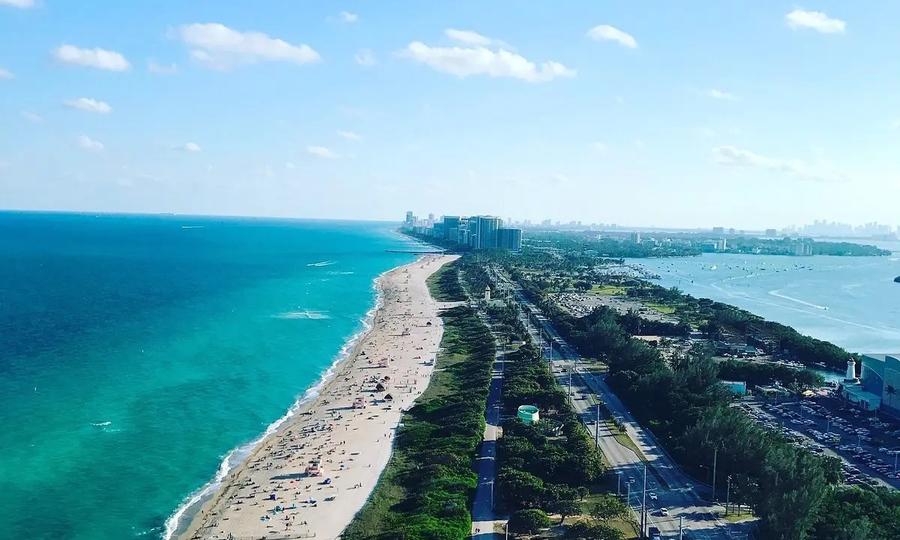Waikiki Beach offers many fun activities including sunbathing, picnicking, beachcombing, wildlife watching, hiking, volleyball, swimming, snorkeling, fishing, paddleboarding, scuba diving, surfing, kitesurfing, bodysurfing, skimboarding, bodyboarding, windsurfing, kayaking, canoeing, surf-skiing, water-skiing, jet-skiing, parasailing, wakeboarding, and boating. The water at Waikiki Beach is immensely renowned for its fun and manageable surfing waves and this makes the beach popular with all kinds of surfers – the portion of the beach near Kapiolani Regional Park is particularly ideal for surfers and the northern end and there is also another popular surfing site near Waikiki Beach’s northwestern end. This site is named Kaisers. As an interesting fact, Waikiki Beach was also the place where renowned surfer and Olympics athlete Duke Kahanamoku honed his surfing skills - a statue dedicated to Duke is also located near Waikiki Beach.
If you like bodyboarding and bodysurfing, the portion of Waikiki Beach that is located near Kapiolani Regional Park has a seawall near it - the water around this seawall is popular with bodyboarders and bodysurfers. This bodyboarding and bodysurfing area is named “Waikiki Walls” and it is ideal for beginner and expert bodysurfers. Beginner bodyboarders and bodysurfers visit the left side of the Waikiki Walls while expert bodysurfers and bodyboarders visit the right side of this bodysurfing and bodyboarding area.
If you are looking for a beach with really calm water, we recommend visiting the northern end of Waikiki Beach because this portion has relatively calm water and this makes it ideal for beginner swimmers.
Waikiki Beach is also popular with snorkelers and scuba divers who often visit this beach to explore its vibrant biodiversity – the portion of Waikiki Beach near Kapiolani Regional Park and the southern end of Waikiki Beach are ideal for scuba divers and snorkelers. The water at both these portions has reefs that are home to many kinds of tropical fish and sea turtles.
Depending on the time of the year, you can see many other kinds of animals in the water near Waikiki Beach including rare Hawaiian monk seals, migrating whales, and dolphins. It is important to note that monk seals and sea turtles are protected under a law named the Endangered Species Act of 1973 and harming them can result in a fine of up to $50,000 and possible imprisonment. If you are planning to swim, surf, snorkel, or kayak near Waikiki Beach, we recommend being careful because the water here is known to have rip currents, especially during summers. In addition, the water here can also get significantly crowded because of Waikiki Beach’s popularity. It is also important to note that jellyfish are often found in the water near Waikiki Beach - these creatures can cause painful stings if disturbed. Please also note that parts of the ocean bottom near Waikiki Beach can also be rocky and cause injuries – in addition, please also note that the water at the northern part of the park can also be colder as compared to other parts of Waikiki Beach.
It is also important to note that while children often climb on tope of the seawalls and the breakwaters near Waikiki Beach to play on them, this could be a dangerous because these rocky breakwaters and the seawall are slippery and can cause serious injuries. It is also important to note that surfing is not allowed within a portion of the water near Waikiki Beach – this no-surf area is located around a seawall named Kapahulu Groin.
If you don’t like swimming in the ocean, there is a popular water body near the northernmost part of Waikiki Beach named the Duke Kahanamoku Lagoon - this manmade five-acre saltwater lagoon has relatively calmer water conditions and it offers many fun activities including swimming, snorkeling, kayaking, paddleboarding, canoeing, and surf-skiing.
If you like submarines, Atlantis Submarine Adventures Hawaii offers interesting submarine tours near the northern end of Waikiki Beach - these tours provide a unique insight into the marine biodiversity and landscape in the water near Waikiki Beach.
If you like birdwatching, you can see many kinds of birds around a nearby park named Fort DeRussy Beach Park including parakeets and egrets. There is a concrete seawall near Waikiki Beach that is known as the Kapahulu Groin (it is also known as "Waikiki Wall"). If you like taking pictures and beautiful views, you can walk along this concrete seawall and enjoy amazing Instagram-worthy views of the Oahu shoreline.
If you are planning to fish near Waikiki Beach, please follow the local fishing regulations that can be found at the website of the Division of Aquatic Resources(which is a part of the State of Hawaii’sDepartment of Land and Natural Resources ) - it is also important to note that fishing is prohibited in the coastal area between the Kapahulu Groin and the Waikiki Natatorium War Memorial because the water here is a part of Waikiki Marine Life Conservation District.
Waikiki Beach hosts many fun events throughout the year. Zumba, yoga, and crossfit classes are frequently organized at the southern end of the beach. The portion of Waikiki Beach that is located near Kapiolani Regional Park hosts amazing movie screenings sessions on weekend evenings named Sunset on the Beach - this event also sees live music performances being performed in Waikiki Beach, along with plenty of food options. The movie screening starts around 7 pm, while the musical performances start a couple of hours earlier at 4 pm. In addition, this portion is also popular with the members of the LGBTQ community. In addition, many fun cultural events are organized in another portion of Waikiki Beach that is located near a hotel named Aston Waikiki Beach – these cultural events include the Pan-Pacific Hula Festival and the Kuhio Beach Hula Show.
In addition, there is a landmark near Waikiki Beach named the Stones of Life (which is also called Kapaemahu) – this landmark has four large stones that signify four legendary Ancient Hawaiian healers.

